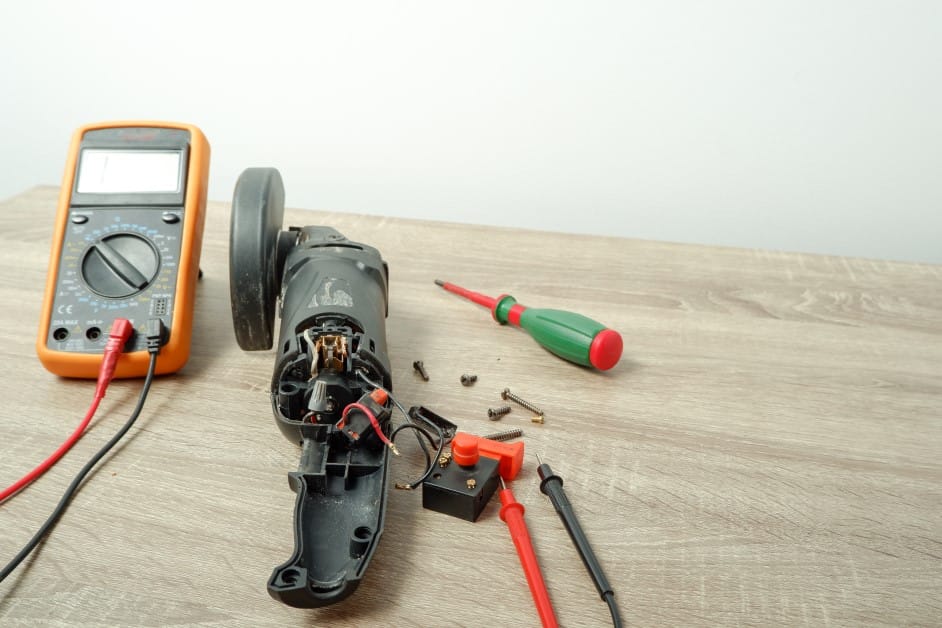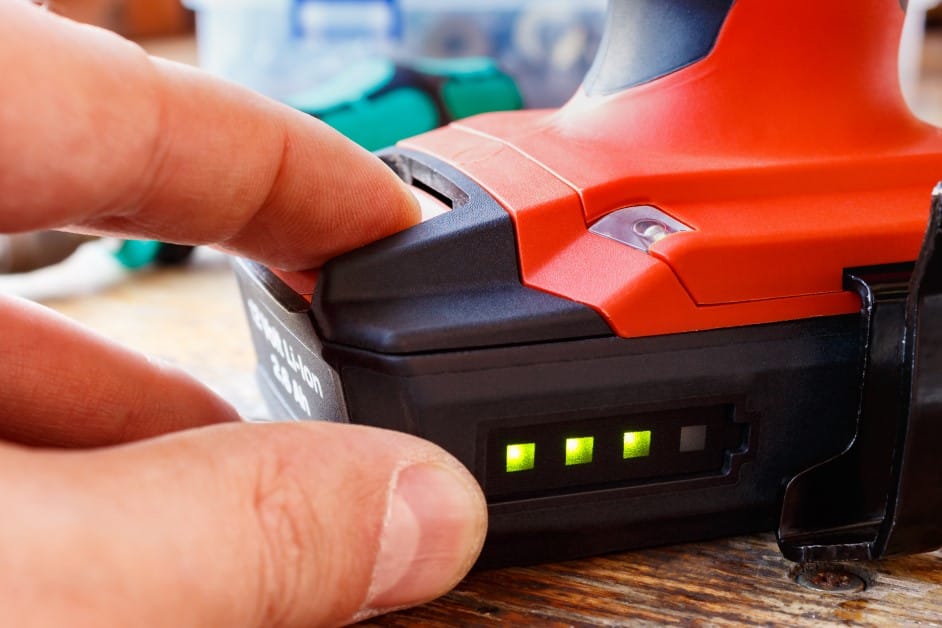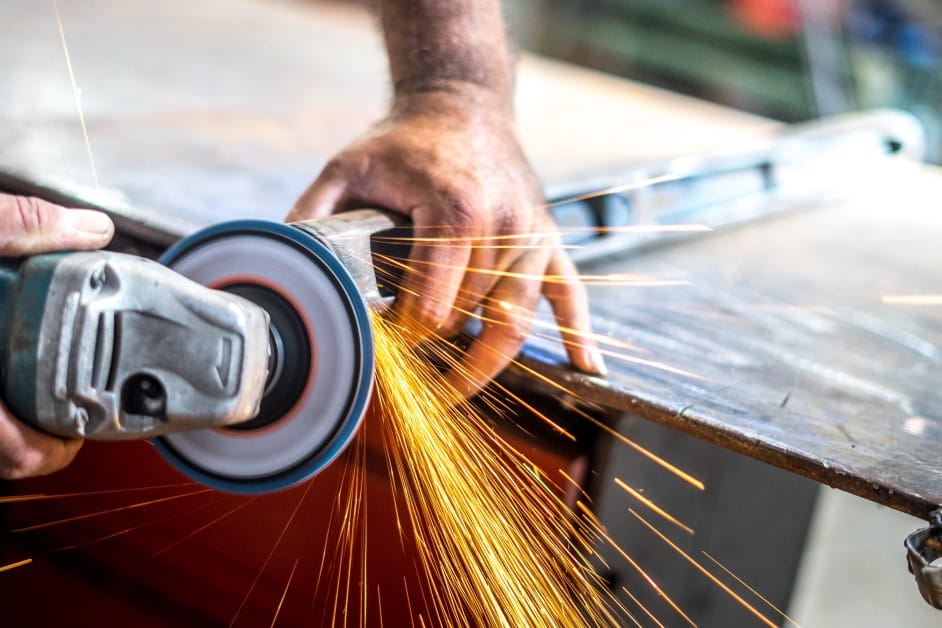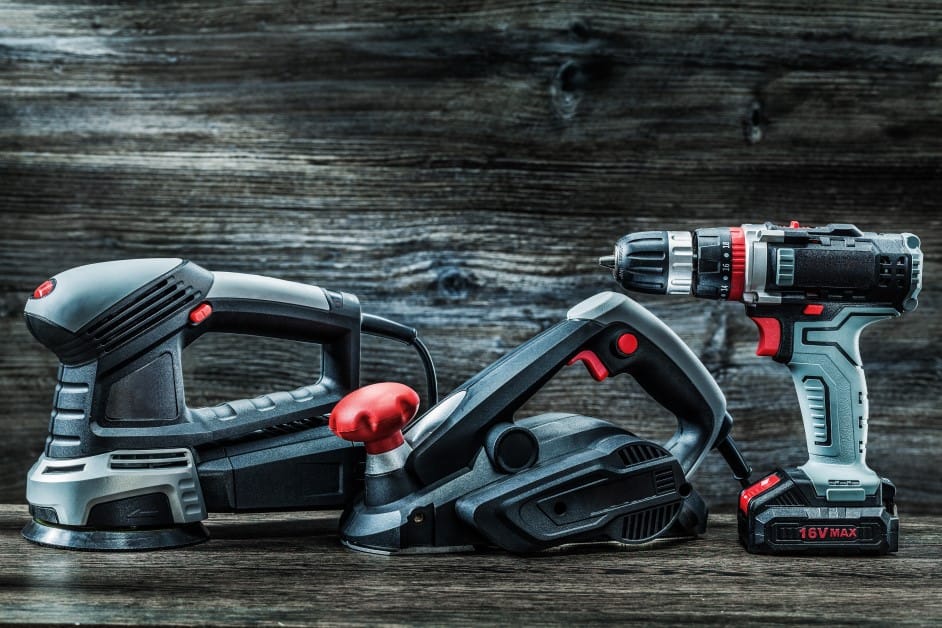
Volts vs Amps vs Watts in Power Tools: What Exactly Do They Mean?
We made volts, amps, and watts easy to understand. See what they mean in power tools, how they impact tool performance, and what to consider when buying.
By:
The Good Home Daily
Posted on August 28, 2025
If you are shopping for a new power tool, you have probably come across watts, volts, and amps in the specifications. All three are related to power, but each measures something different, and that is where confusion often starts.
Understanding voltage, amps, and watts in power tools has become more important than ever, especially with the growing preference for cordless and brushless models. Choosing a tool without knowing these differences can lead to frustrating problems.
For example, a drill with too little power might stall midway, while a saw with the wrong specs could overheat or wear out quickly. In some cases, the wrong choice can even damage the tool or compromise safety.
That is where we step in. In this guide, we will break down what these power tools’ electrical terms really mean, how they affect performance, and what to look for when choosing the right tool for your projects.
What Does Voltage Mean in Power Tools?

When choosing a power tool, one of the first things you will notice is its voltage rating. This number tells you how much electrical pressure the tool uses to operate. In simple terms, higher voltage usually means more power, which allows the tool to handle tougher tasks.
Why do you need to check the voltage of power tools?
This detail is critical in corded tools. Checking the voltage ensures it matches your local outlet. In the Philippines, Meralco provides a 230V household supply. So, your tool should match or be compatible with this outlet.
Using the wrong voltage in power tools can damage the tool and even become a safety hazard. A real example happened in India in 2019, when a faulty transformer released high voltage current that damaged the appliances of hundreds of residents.
In a cordless tool, voltage tells you how much force the tool can deliver. The voltage comes from the battery. A higher-voltage battery can drive tougher jobs but tends to be heavier. On the other hand, a lower-voltage tool may be best for smaller tasks, but they’re lighter and easier to handle.
To help you decide what tool voltage best fits your tasks, let’s have an example:
- A 12V cordless tool is lightweight and great for small DIY projects.
- An 18V or 20V tool is stronger and better for heavier tasks like drilling into concrete or cutting thicker wood.
- A 36V tool or higher is designed for professional and heavy-duty jobs.
Just remember, if you pick too low a voltage, the tool might struggle with tougher materials. Go too high, and you may end up with a heavier tool that drains batteries faster than you need.
What are Amps in Power Tools?

If voltage tells you how much electrical “pressure” is available to move energy through your power tool, amps (A) in power tools tell you how much of that energy actually flows.
In simple terms, amps measure the current, the amount of electricity your tool uses while running.
Let’s use the famous water analogy to explain this. Voltage is the pressure that pushes water, while amps are the actual volume of water flowing.
For corded power tools, amps are very important. Since these tools rely on direct electricity from your outlet, the amp rating tells you how much continuous power the tool can handle. A tool with higher amps can handle heavier loads for longer without overheating.
For cordless power tools, amps usually appear as amp-hours (Ah) on the battery. This does not just indicate strength but also runtime. A higher Ah battery means longer use before you need to recharge.
Here’s our tip: When looking at amps, think of it in levels:
- Low amp tools are around 6 amps or less for corded and 1.5 to 2.0Ah for cordless. These are enough for light tasks like drilling into softwood or assembling furniture.
- Medium amp tools are about 7 to 10 amps for corded and 3.0 to 5.0Ah for cordless. They are better for regular home projects where more stamina is needed.
- High amp tools are 11 to 15 amps for corded and 6.0Ah and above for cordless. They are built for pros who use their tools continuously on demanding jobs.
Watts in Power Tools

The discussion of power tool electrical terms would not be complete without covering watts. Watts act as the complete measure of a tool’s power output, since they are calculated by multiplying voltage × amps.
So, if voltage shows the electrical force and amps show the current flow, watts combine both into one clear number that reflects how much work the tool can actually deliver.
This makes watts especially useful for buyers comparing tools with similar specs. For example, if two saws both run on 18 volts, the one with higher watts will handle tougher cuts more efficiently because it can sustain higher power output without straining.
To help you find the right wattage of tools for your project, consider this breakdown:
- Low Wattage (200–800W): Common for lightweight tools like small drills, sanders, and screwdrivers.Perfect tools for homeowners’ fixes and DIY projects
- Mid Wattage (800–1,200W): A sweet spot for regular users and semi-pros. Tools in this range can handle tougher woods, masonry drilling, or moderate cutting without bogging down.
- High Wattage (1,200–2,000W+): Reserved for professional-grade tools such as demolition hammers, grinders, and saws.
What Buyers Should Understand About Voltage, Amps, and Watts in Power Tools

When choosing power tools, always match the tool’s voltage and amp rating to the type of job you are tackling. This matters even more for cordless tools since it helps extend battery life and ensures consistent performance.
Remember this simple breakdown. Voltage tells you how much force the tool can deliver, amps show how much current it draws and how long it can last, and watts reveal the overall power output.
If you get confused by numbers, start with watts since it gives the clearest picture of how much work the tool can handle. The higher the rating, the more capable the tool is for heavy tasks.

